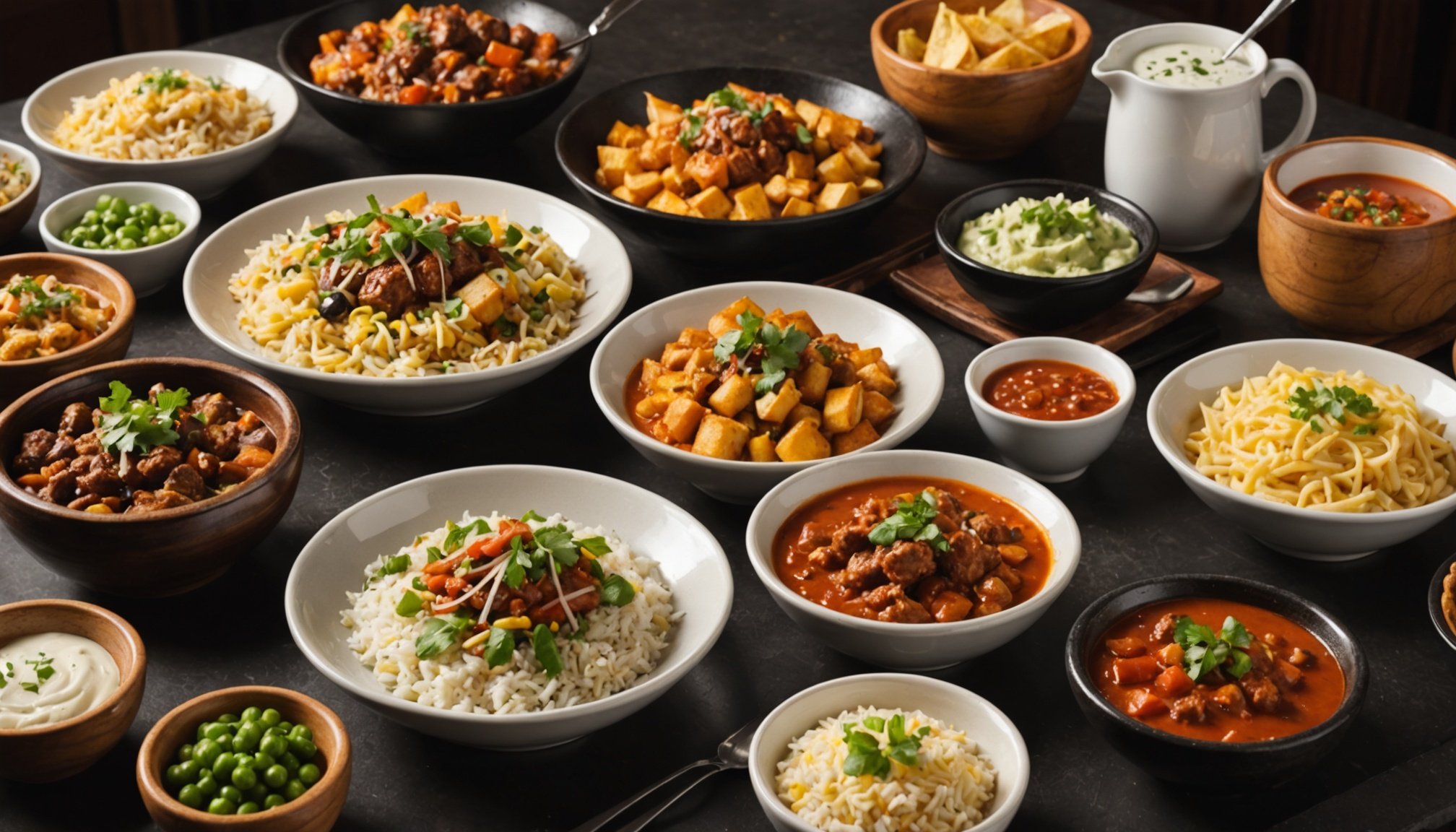In today’s competitive dining landscape, your restaurant’s menu is more than just a list of dishes; it’s a reflection of your unique brand and the culture that surrounds it. Customers today are not just looking for something to eat; they seek an experience that resonates with their preferences and speaks to their love for diverse cuisines. Incorporating cultural influences into your offerings can elevate your business, create a vibrant atmosphere, and attract a broader clientele. This article explores effective strategies for integrating cultural elements into your menu, enhancing the overall dining experience.
Understanding the Importance of Cultural Influences
Cultural influences play a significant role in shaping the flavors and foods that people enjoy. As you begin to explore how these elements can impact your restaurant, consider how diverse cultures can inspire your ingredients, cooking techniques, and even the way you present your dishes. Each culture comes with its own history and traditions that can enrich your menu.
Also to see : What innovative ways can you use to promote special events at your bar?
By incorporating authentic cuisine from different parts of the world, you can attract a wide range of customers who are eager to experience new flavors. This not only expands your potential customer base but also allows you to create unique dishes that reflect various culinary traditions.
Moreover, integrating cultural influences into your menu can create a sense of authenticity and depth that resonates with diners. Customers appreciate when restaurants go beyond the surface, offering dishes that tell a story about a particular culture or region. This narrative can enhance their dining experience, making each meal more than just food; it becomes a journey through different cultures.
Also to read : What are the benefits of offering vegetarian and vegan options in your UK restaurant?
As you consider implementing these influences, think about your business’s identity. What story are you trying to tell? How can you respect and honor the cuisine you are drawing inspiration from? Understanding these aspects will help you create a menu that is both appealing and respectful.
Researching and Selecting Cultural Elements
Before you can effectively integrate cultural influences into your menu, it’s critical to conduct thorough research. Learning about various cultures and their culinary practices will provide insight into the foods that resonate with them. Begin by exploring different cuisines and understanding their traditional ingredients, cooking methods, and serving styles.
Consider visiting local ethnic markets or restaurants to gain firsthand experience of these flavors. Engaging with community members who represent those cultures can also provide valuable insights and help you understand the significance of certain dishes. This approach not only informs your menu development but also fosters relationships within the community, creating a support network that benefits your business.
When selecting specific cultural elements to feature, prioritize those that align with your restaurant’s theme and target customers. For instance, if your establishment is known for a modern twist on traditional foods, consider incorporating contemporary interpretations of classic dishes from various cuisines. This allows you to honor the history while making it accessible and appealing to a broader audience.
Also, think about seasonal ingredients that can be incorporated into these culturally inspired dishes. Utilizing fresh, local produce not only enhances the flavor but also supports local businesses and reduces your restaurant’s carbon footprint. Each choice you make should contribute to a cohesive and authentic menu that resonates with your customers.
Designing Your Menu to Reflect Cultural Diversity
Once you have gathered information and selected the cultural elements to incorporate, the next step is to design your menu thoughtfully. The presentation is key; it should reflect the diversity of the cuisine while aligning with your restaurant’s overall aesthetic.
Consider how the menu layout can highlight cultural dishes. You might choose to create sections dedicated to specific cultures, complete with descriptions that tell the story behind each dish. This not only educates your customers but also enhances their overall experience, inviting them to explore different flavors and traditions.
Incorporate visually appealing elements such as images or symbols that represent the culture associated with each dish. This can create a more immersive atmosphere, transforming your menu into a visual representation of the diverse cuisines you offer. Additionally, consider using language that reflects the culture accurately, perhaps including translations or phonetic spellings, to honor the origins of the foods.
An important aspect of menu design is also pricing. Ensure that your pricing strategy reflects the effort and authenticity involved in sourcing the right ingredients and preparing the dishes. Customers will appreciate transparency and the understanding of the value behind the cultural offerings. By doing so, you foster loyalty and respect from your patrons, encouraging them to return for more of the unique experiences your restaurant provides.
Engaging Customers Through Cultural Experiences
Incorporating cultural influences into your restaurant’s menu is not solely about the foods you serve; it’s also about creating an engaging experience for your customers. Consider hosting special events that celebrate different cultures, such as cultural nights featuring traditional music, dance, or art. This not only enriches the dining experience but also builds a community around your restaurant.
You could offer tasting events where customers can sample a variety of dishes from different cuisines. Pairing these foods with traditional beverages can further enhance their experience and introduce them to new flavors. Providing educational components, such as information about the cuisine’s history and significance, can also deepen their appreciation for the dishes being served.
Social media is another powerful tool for engaging with your audience. Share behind-the-scenes content about how you source your ingredients or prepare your dishes. Engage your followers by asking them to share their cultural culinary experiences or their favorite foods. This interaction not only builds a community but also amplifies your restaurant’s visibility and appeal.
Remember to gather feedback from your customers regarding the cultural offerings. Their insights can guide future menu adjustments and help refine the overall experience. By continuously engaging with your audience, you create a dynamic dining environment that evolves with your community’s tastes and preferences.
Incorporating cultural influences into your restaurant’s menu is a rewarding endeavor that can significantly enhance your business. By understanding the importance of these influences, conducting thorough research, designing an engaging menu, and fostering customer engagement, you can create an unforgettable dining experience. This approach not only satisfies diverse preferences but also honors the richness of different cultures. Your restaurant can become a vibrant hub for culinary exploration, attracting customers eager to taste the world on a single plate. By committing to authenticity and creativity, your restaurant will surely flourish in the ever-evolving culinary landscape.











